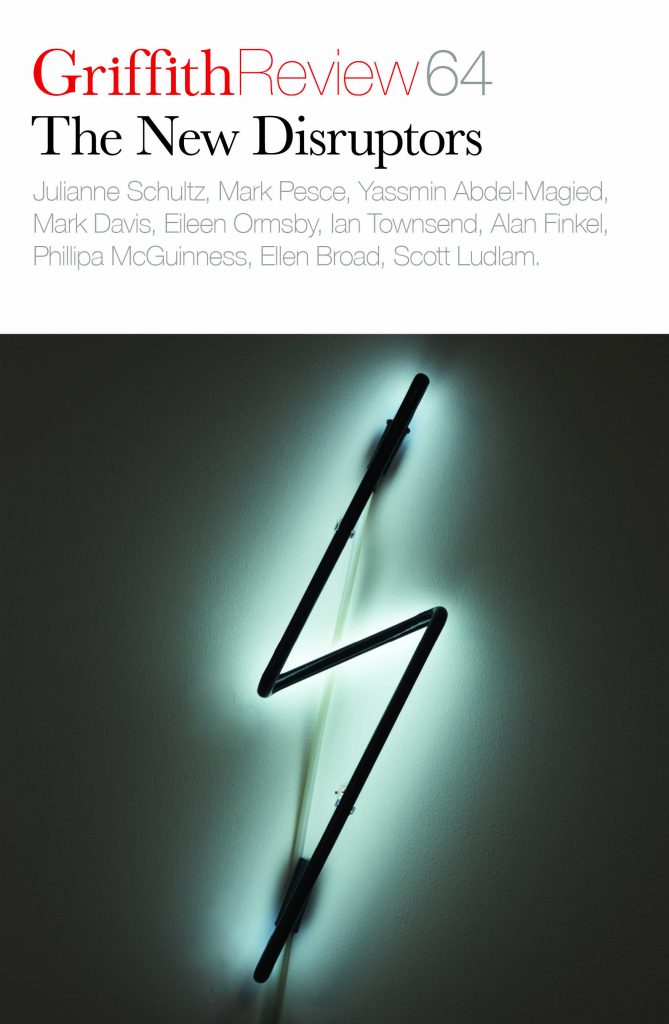EVERY ERA IS defined by its sustaining myths. Among ours is surely ‘disruption’. The book that seeded the mythology, Clayton Christensen’s The Innovator’s Dilemma (Harvard Business School Press, 1997), is only a little more than twenty years old, yet its ‘technological disruption’ thesis has become an article of faith for business and government, trafficked like narcotics from TEDx to trading floor to ministerial report. Established companies often fail, so the thesis argues, not because they make bad decisions but because they make good ones. They stick with ‘sustaining technologies’ because they are too successful to risk otherwise. Meanwhile, minnows with little to lose bring new technologies to market that initially may not be as good as seemingly entrenched ‘sustaining technologies’, but which are cheaper and more accessible: think mainframe computers versus PCs, high-res CDs versus low-res MP3s, SLR cameras versus phone cameras, encyclopaedia versus Wikipedia. This is how Apple became a music company, Amazon became the world’s biggest bookstore and Facebook became your news feed.
But as with most mythologies there’s something a little too convenient about ‘disruption’. Christensen’s thesis emerged just as Silicon Valley venture capitalists – whose reverence for Christensen has helped make him a perennial keynote – were looking for new justifications for cutthroat business models and a rationale to gloss up Silicon Valley’s claims to ‘innovation’. Behind their glitzy mission statements, many tech companies are little more than middlemen with a point-and-click front end: ‘intermediaries’ in tech speak, ‘aggregators’ of other people’s content that deliver product based on someone’s else’s property and/or labour to consumers, and then deliver those same consumers to advertisers. The ‘technological disruption’ mythology has provided cover for downsizing, lay-offs, the theft of intellectual property, the casualisation of labour and normalisation of precarity, the exploitation of free labour by users of digital platforms (as in when, say, Facebook users create content for free), the normalisation of totalitarian levels of surveillance, and what is no doubt the greatest misappropriation of personal information in human history.

Already a subscriber? Sign in here
If you are an educator or student wishing to access content for study purposes please contact us at griffithreview@griffith.edu.au





